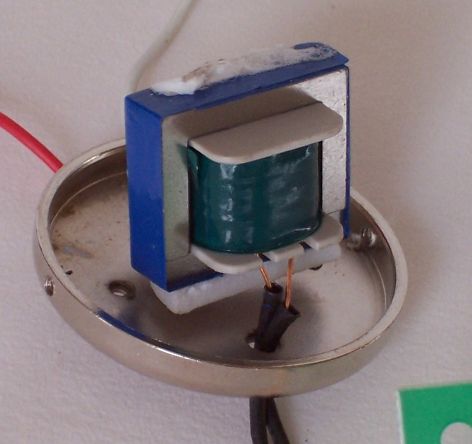I'm about to DIY a ribbon mic transformer. Basic idea is to re-wind the stock transformer of an inexpensive ribbon mic and see if it's worth the trouble.
Usually transformers have some kind of inulation or screen between primary and secondary windings. The stock one, as far as I can tell, doen't have anything of that kind. There's only four wires coming out, none of which is attached to the metal can. (The metal can is connected to chassis/ground via its screws.)
Now, should I use some kind of insulation/screen between the windings and if so, what material should I use?
Usually transformers have some kind of inulation or screen between primary and secondary windings. The stock one, as far as I can tell, doen't have anything of that kind. There's only four wires coming out, none of which is attached to the metal can. (The metal can is connected to chassis/ground via its screws.)
Now, should I use some kind of insulation/screen between the windings and if so, what material should I use?



